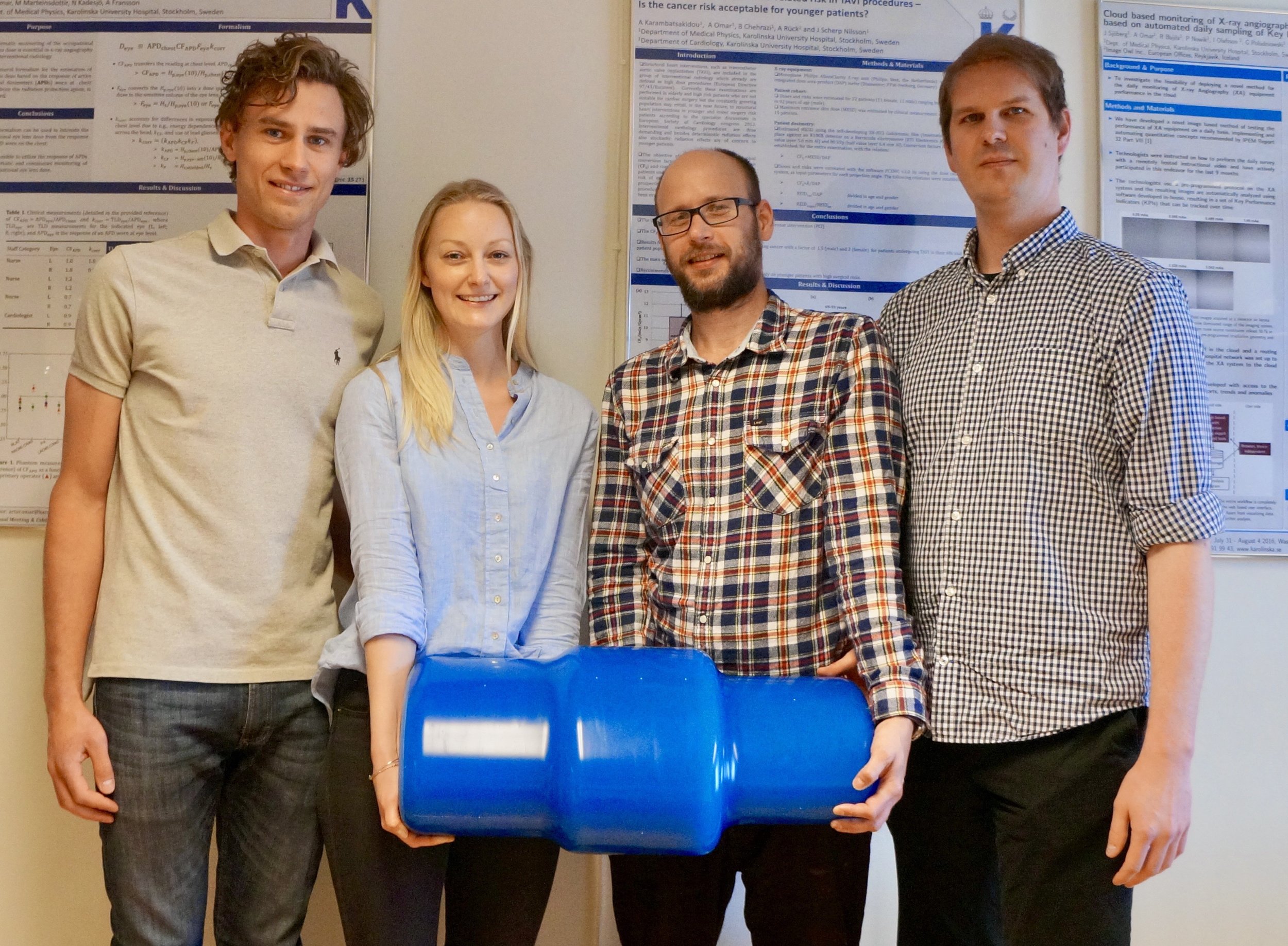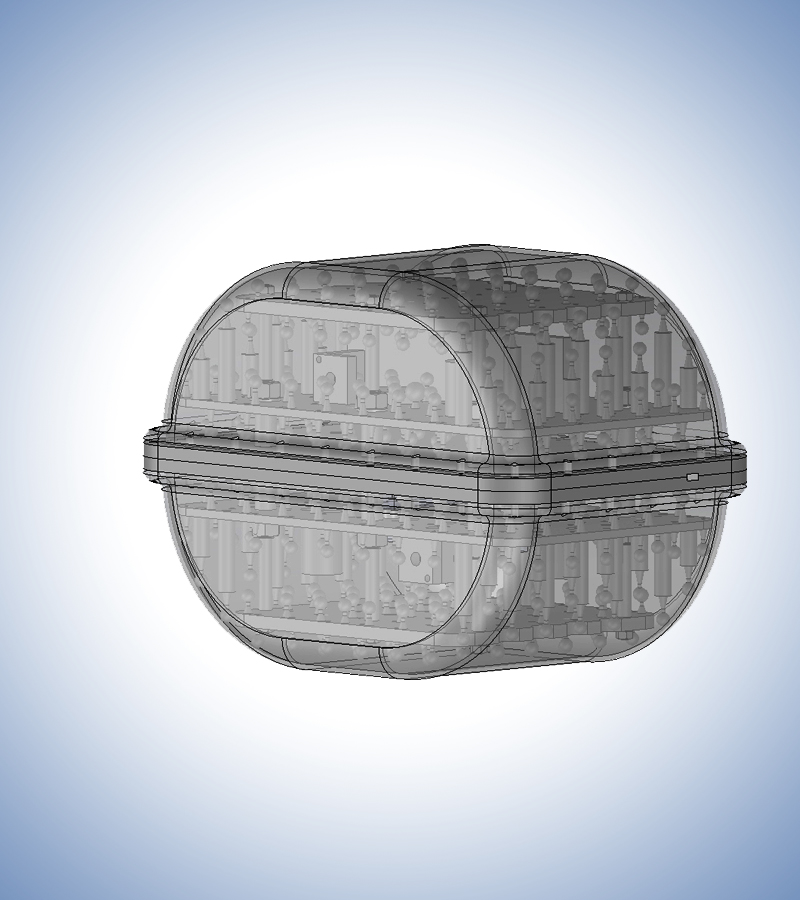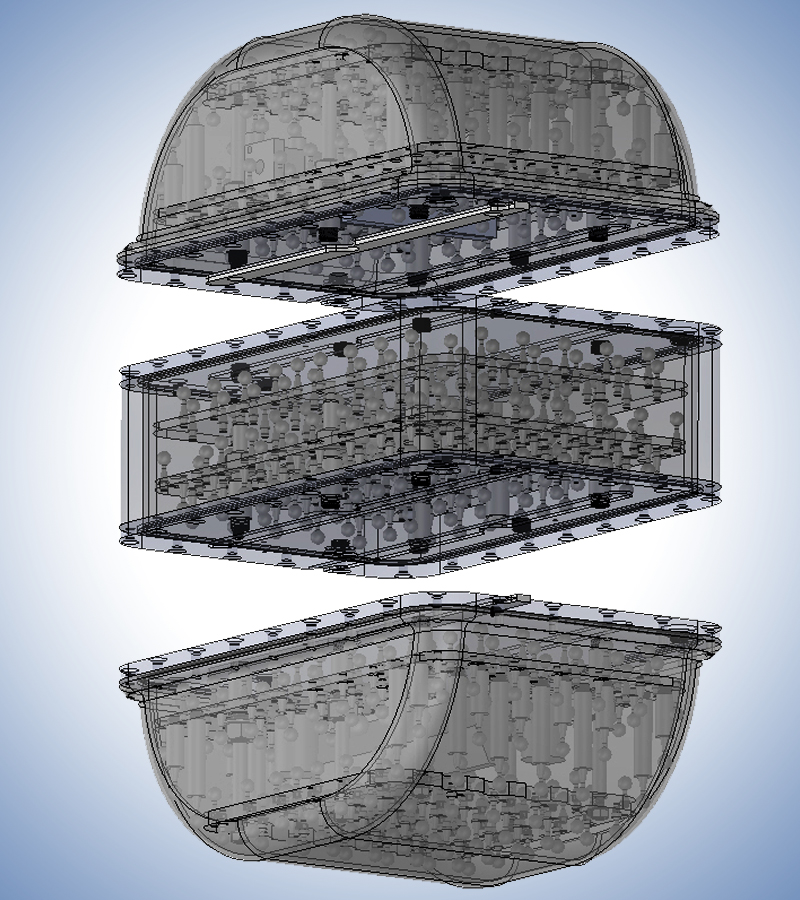Learn about the latest developments in MR QA for radiotherapy
/Dr. Richard Mallozzi, MR Physicist and CTO of Image Owl, Inc. will be presenting two 15-minute talks at The Phantom Laboratory's booth (712) during the 2018 AAPM annual meeting in Nashville, TN. on MR QA in radiotherapy.
MR imaging's use for radiotherapy planning and guidance has increased dramatically in the last few years due to its superior imaging of soft tissues for improved image guidance and planning. Adapting MR imaging for use in radiotherapy requires stricter attention to image distortion due to the spatial sensitivity of the applications. However, distortion is not the only imaging parameter that physicists must take into account when evaluating MR images for radiotherapy use.
Dr. Mallozzi will be exploring these issues in 2 talks at various times during the show.
MRI Quality Control in Radiation Therapy Planning: an Automated Solution
A general discussion of MRI Quality Control for Radiation Therapy Planning, with particular emphasis on geometric distortion. Dr. Mallozzi will present the MagphanRT phantom and its associated Image Owl automated analysis software.
MRI Quality Control in Radiation Therapy Planning: Beyond Distortion
A general discussion of MRI Quality Control for Radiation Therapy Planning, with emphasis on measurements and analysis beyond geometric distortion. Dr. Mallozzi will present the MagphanRT phantom and associated Image Owl automated software analysis of resolution, slice thickness, signal uniformity, signal-to-noise, and laser alignment.
Dr. Richard Mallozzi, MRI Physicist and CTO of Image Owl, Inc.
Richard is a physicist with extensive experience in MRI systems, applications, physics, and engineering. Richard earned an A.B. in Physics from Harvard University, and a Ph.D. in Physics from University of California at Berkeley in 1998, where he studied high-temperature superconductivity. After graduating from U.C. Berkeley, Richard joined GE Global Research as a Magnetic Resonance Scientist, where he worked on diverse projects ranging from MRI acoustic noise reduction, interventional MRI, gradient and RF coil development, and applications of MRI to neuroimaging.
While at GE Global Research, Richard collaborated with the Phantom Laboratory and GE scientist Daniel Blezek to develop the phantom and analysis technique that formed the basis of the control method. Richard joined ONI Medical Systems in 2007, where he helped develop the first high-field (1.5 Tesla) commercial extremity MRI system.
Richard joined Phantom Laboratory and Image Owl in 2014, where he works on a variety of physics and application issues pertinent to medical imaging. he bacame CTO of Image Owl, Inc. in 2017
We look forward to seeing you at AAPM and discussing your needs in this exciting space!















